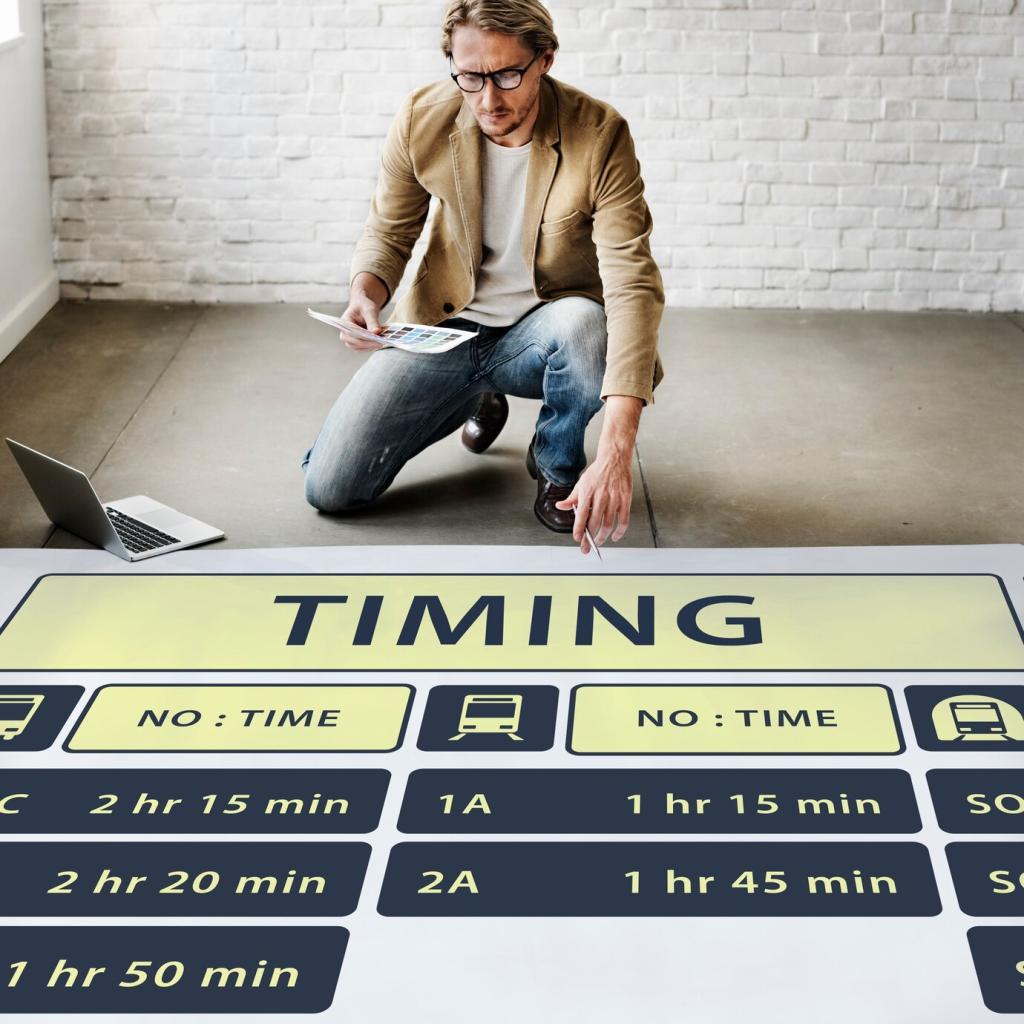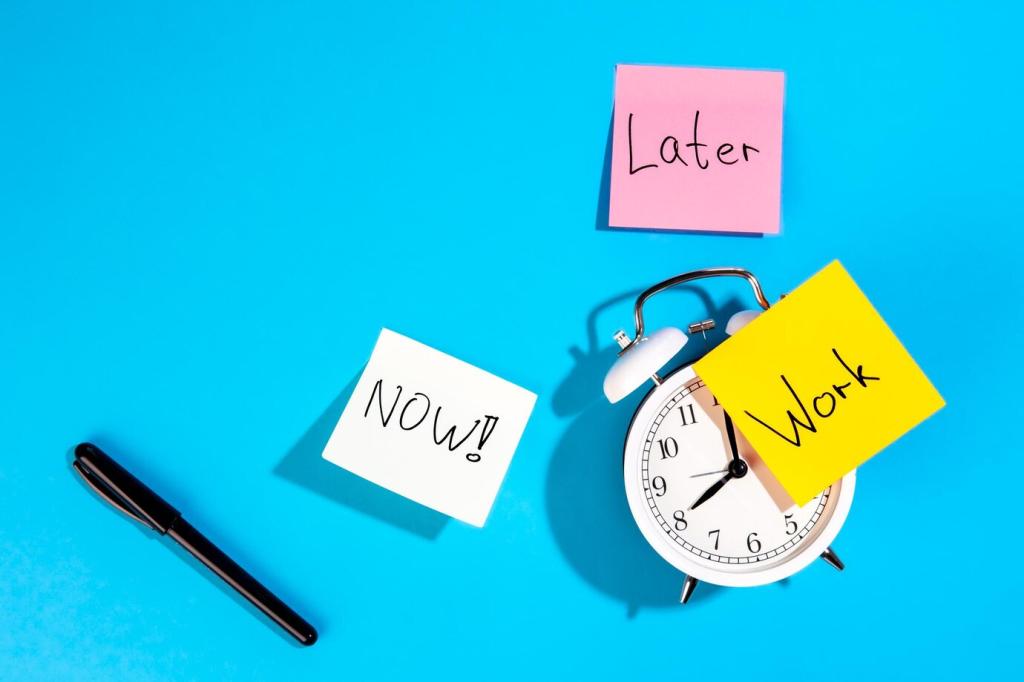Master the Malaysian Tax Calendar
If you earn employment income only, Form BE typically falls due around the end of April for manual filing and mid-May for e-Filing. If you have business income, Form B usually lands later, around end-June and mid-July. Mark both windows early, confirm exact dates on MyTax, and share reminders with friends who might forget.
Master the Malaysian Tax Calendar
Employers should issue EA forms to staff by the end of February and submit Form E by the end of March. These two milestones set the pace for a smooth filing season. Set shared calendar alerts for HR, double-check payroll records, and encourage employees to request their EA early if they have not received it.






